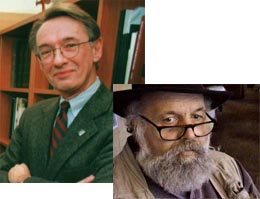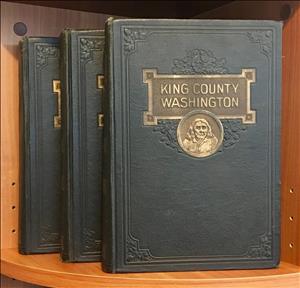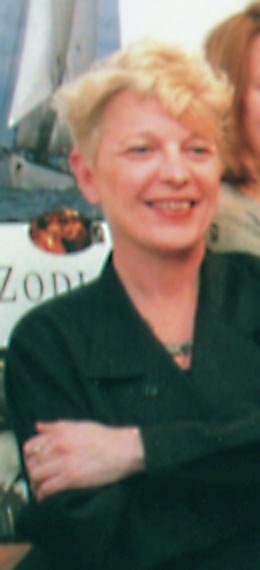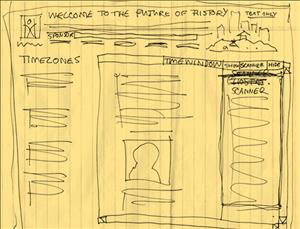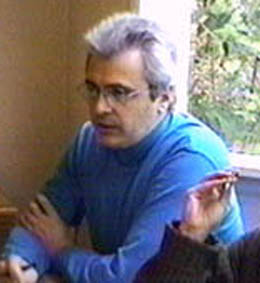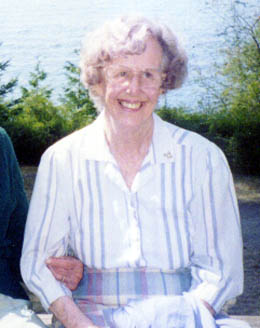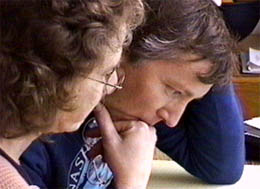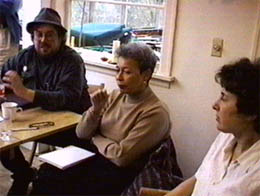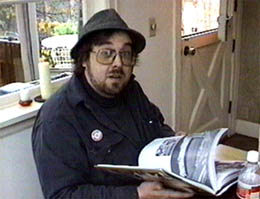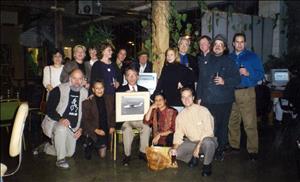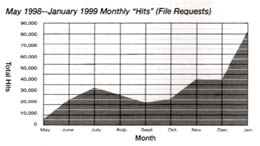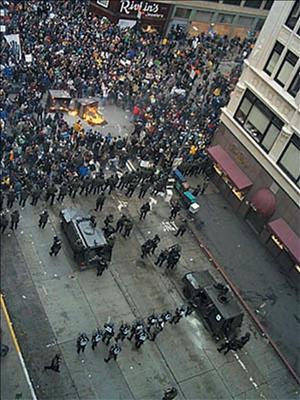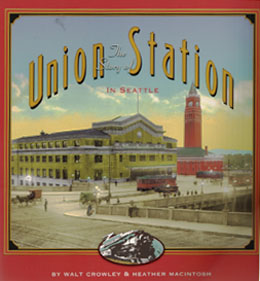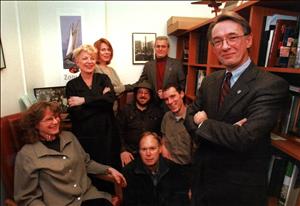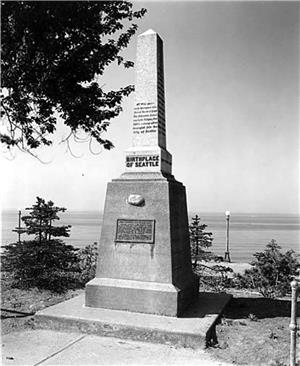This is a slideshow photo essay on the history of HistoryLink.org, the evolving online encyclopedia of Washington state history that you are here looking at. Written and Curated by Heather MacIntosh.
Note: This slide show was written in 1999, before HistoryLink expanded its content and scope in 2003 to cover the history of all of Washington state. We offer it here as a snapshot in time of the project's genesis and evolution.
-- Walt Crowley
President & Executive Directory
History Ink/HistoryLink.org
November 2006
